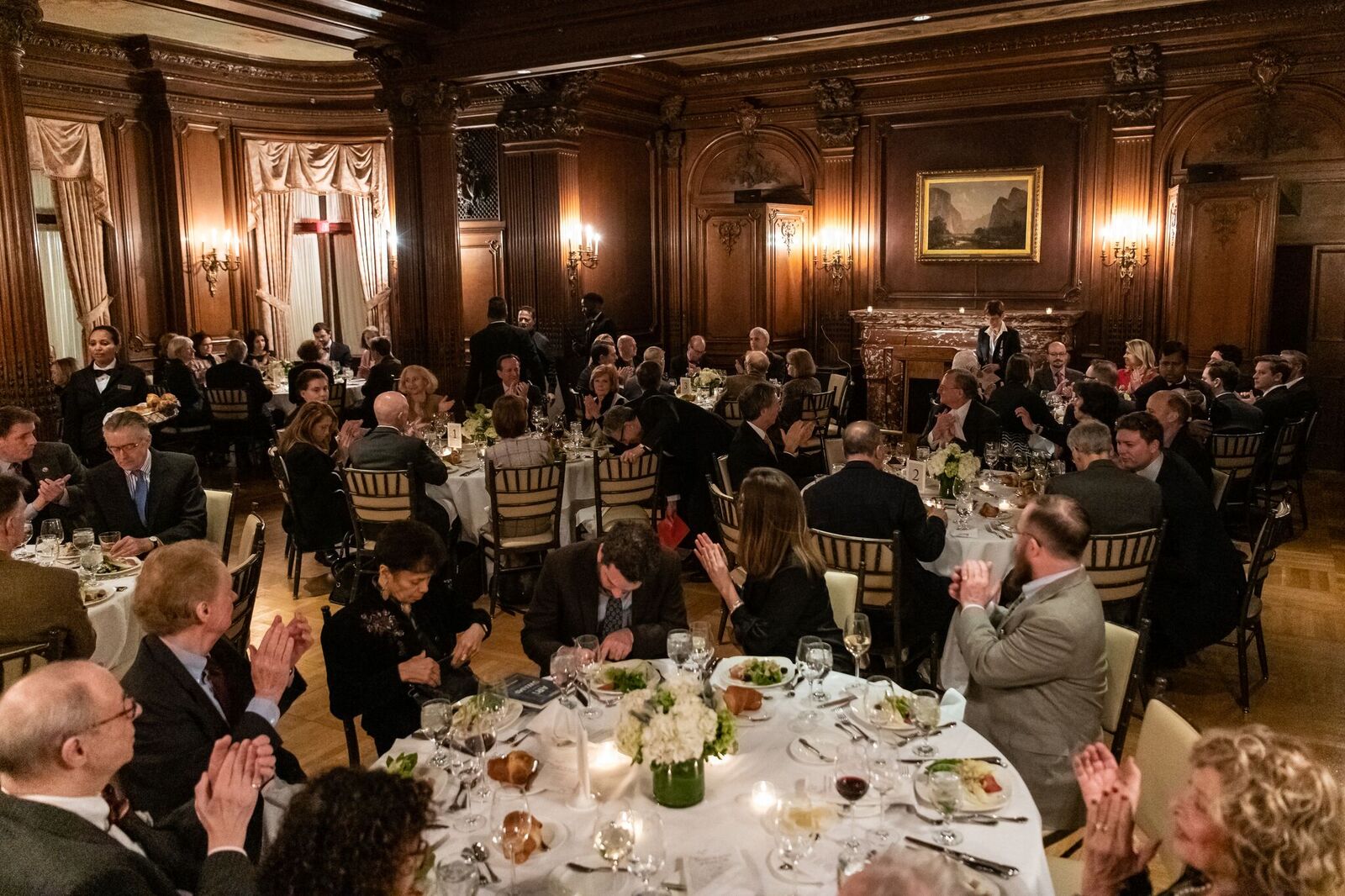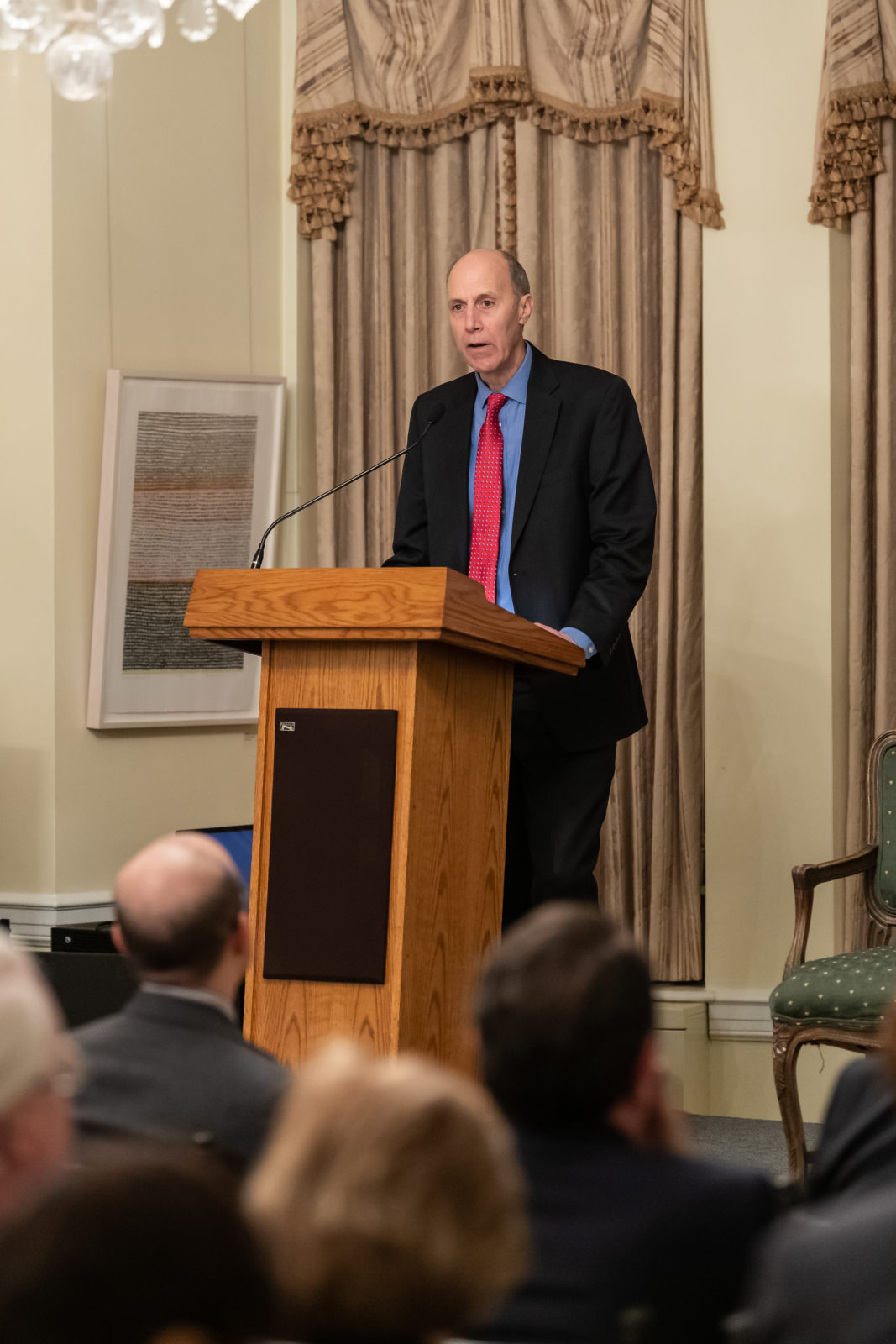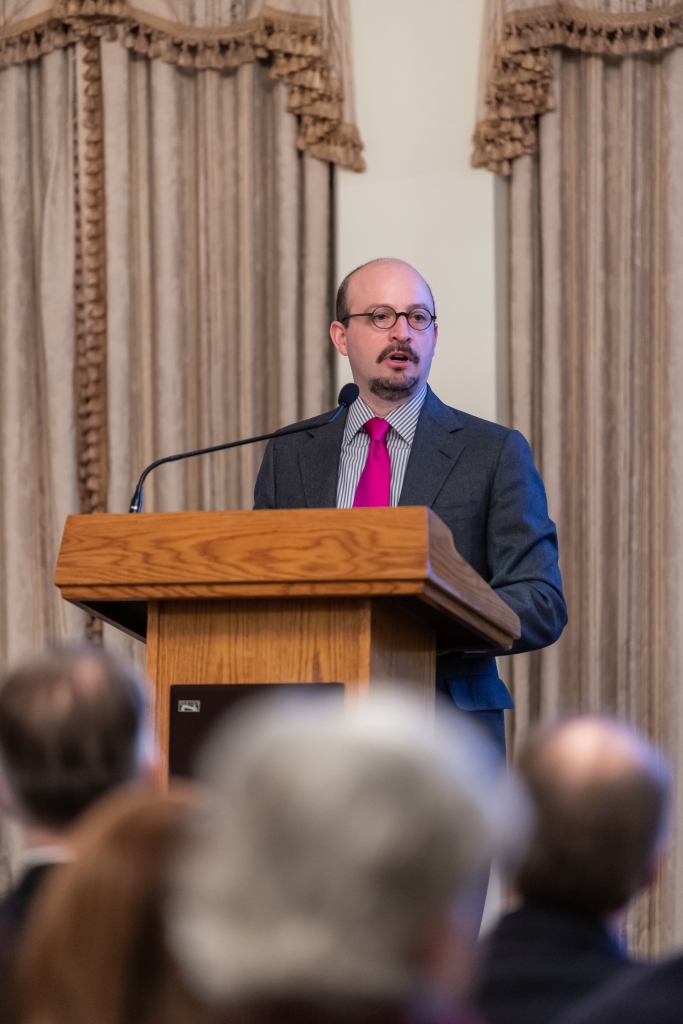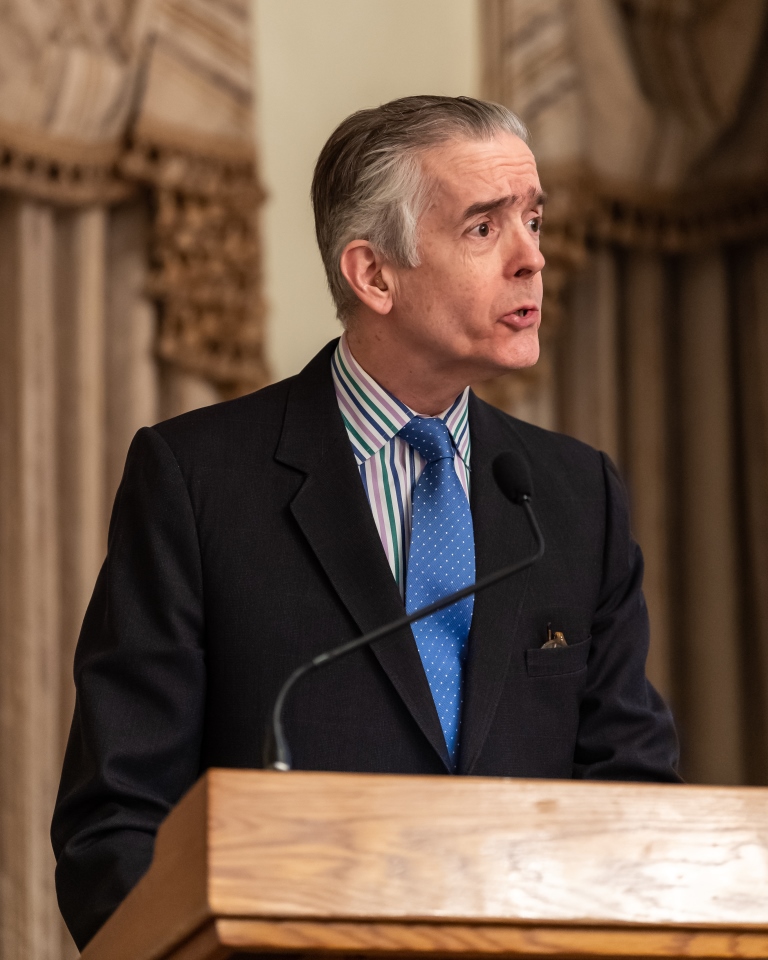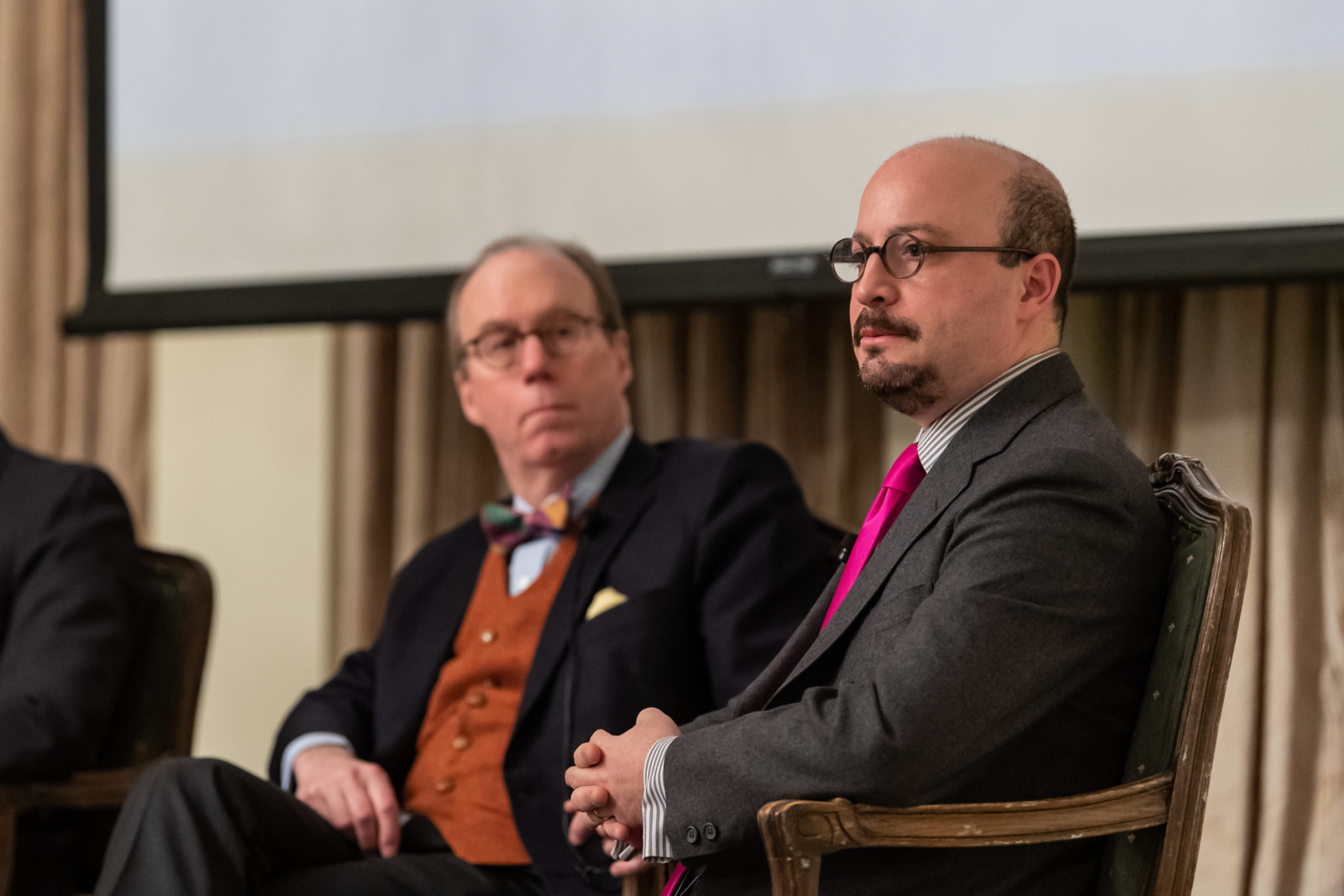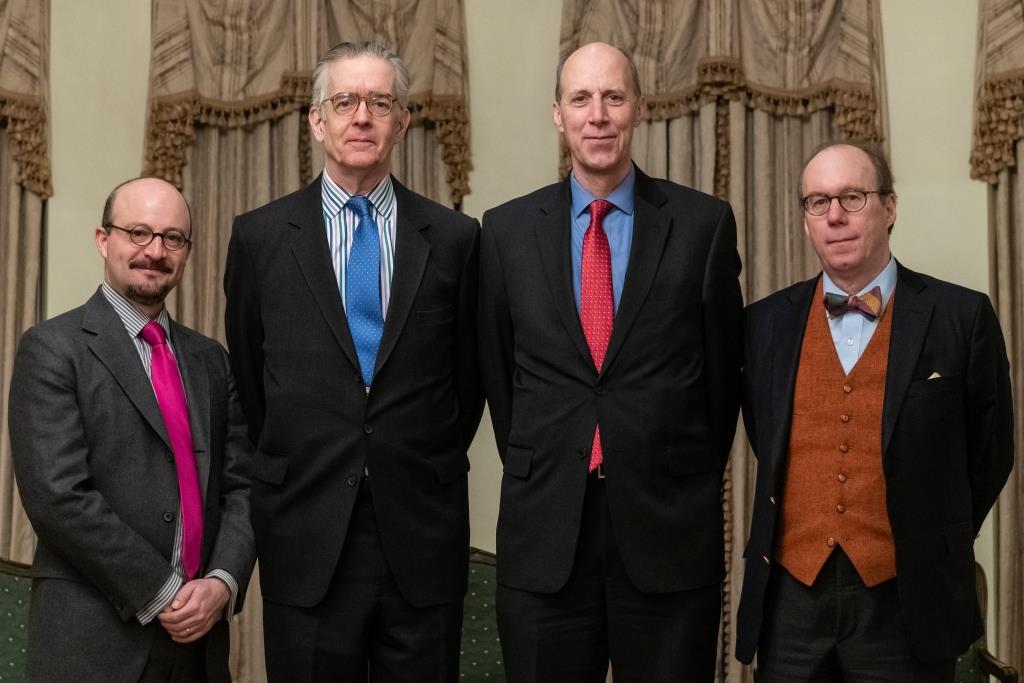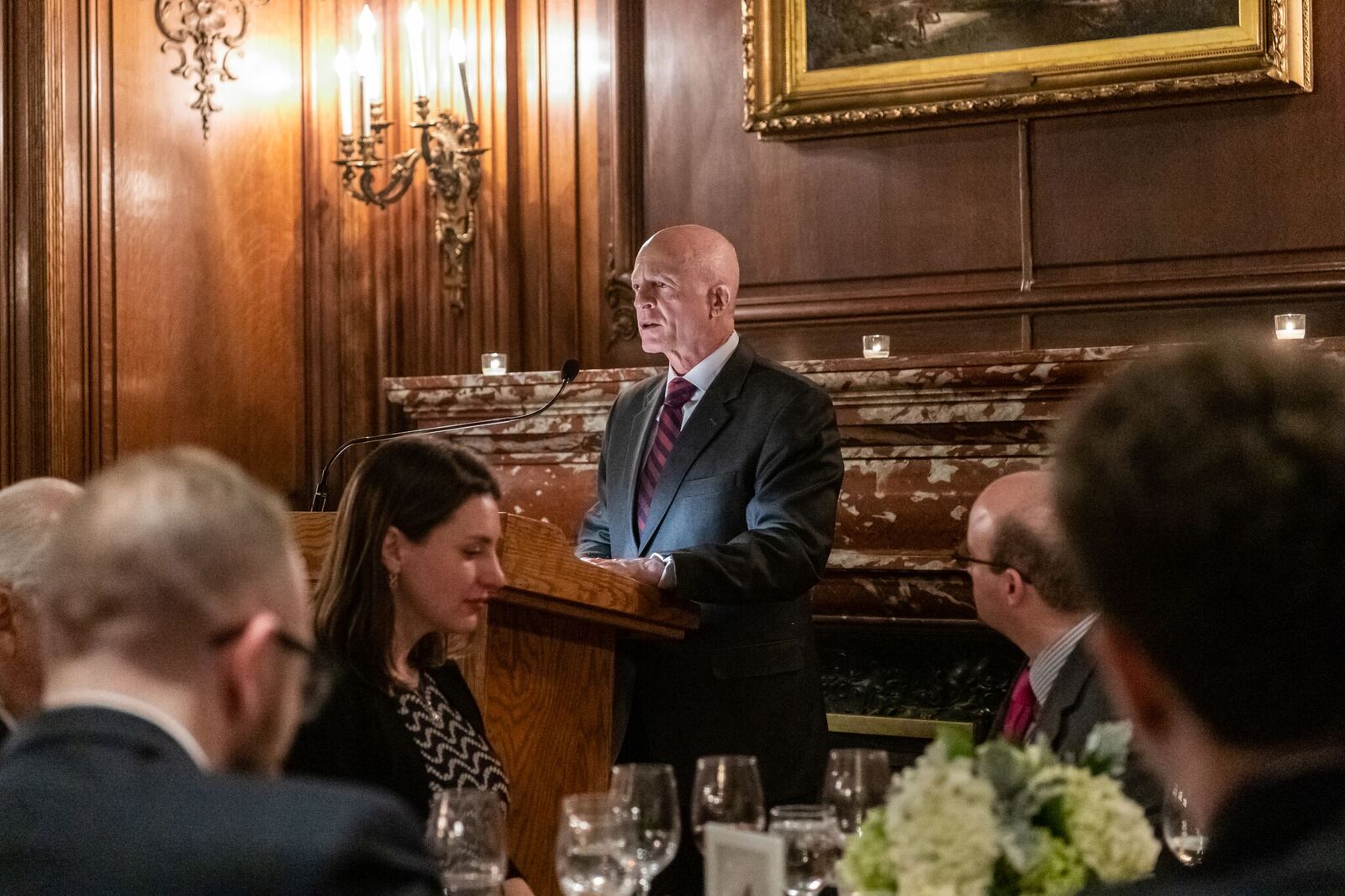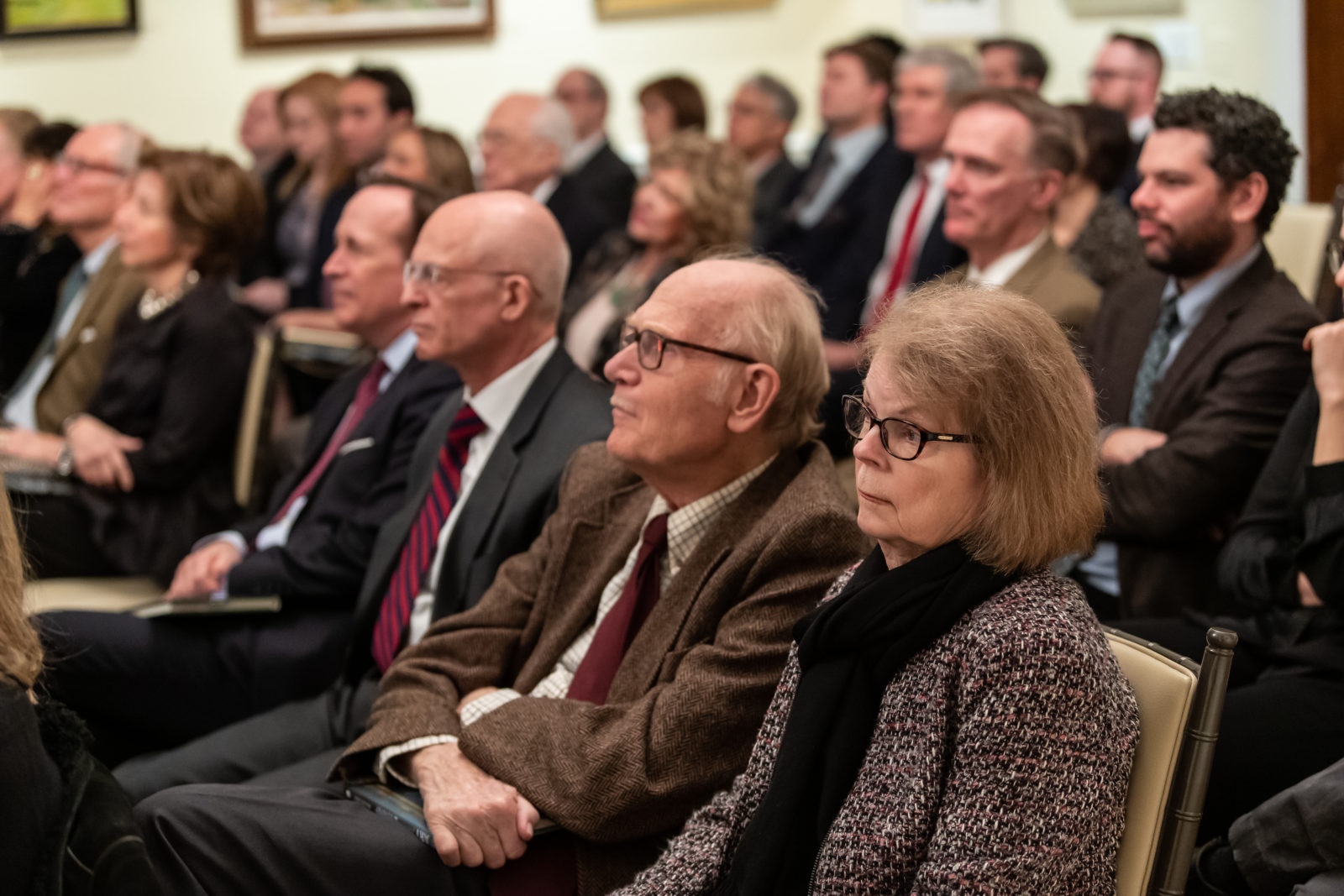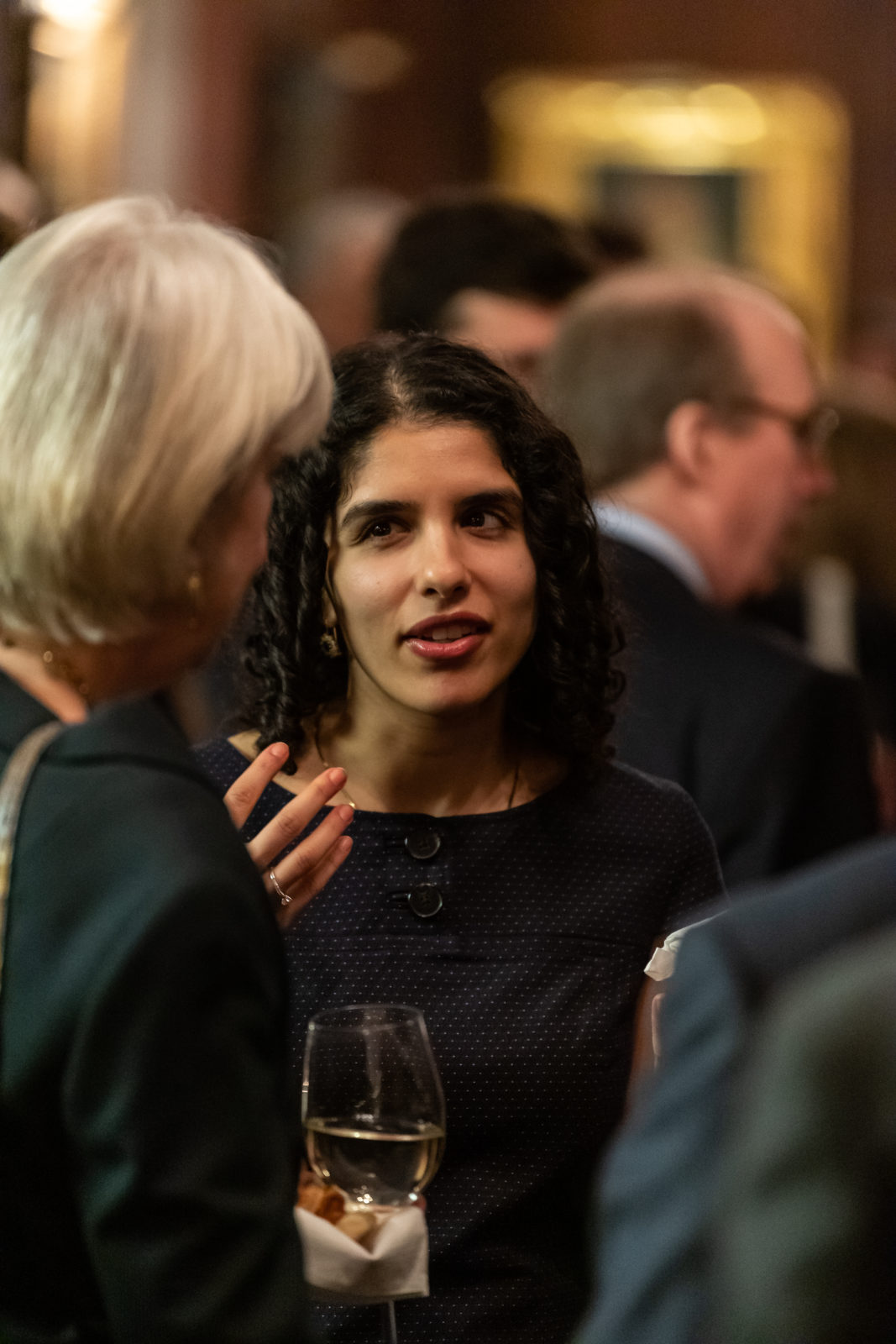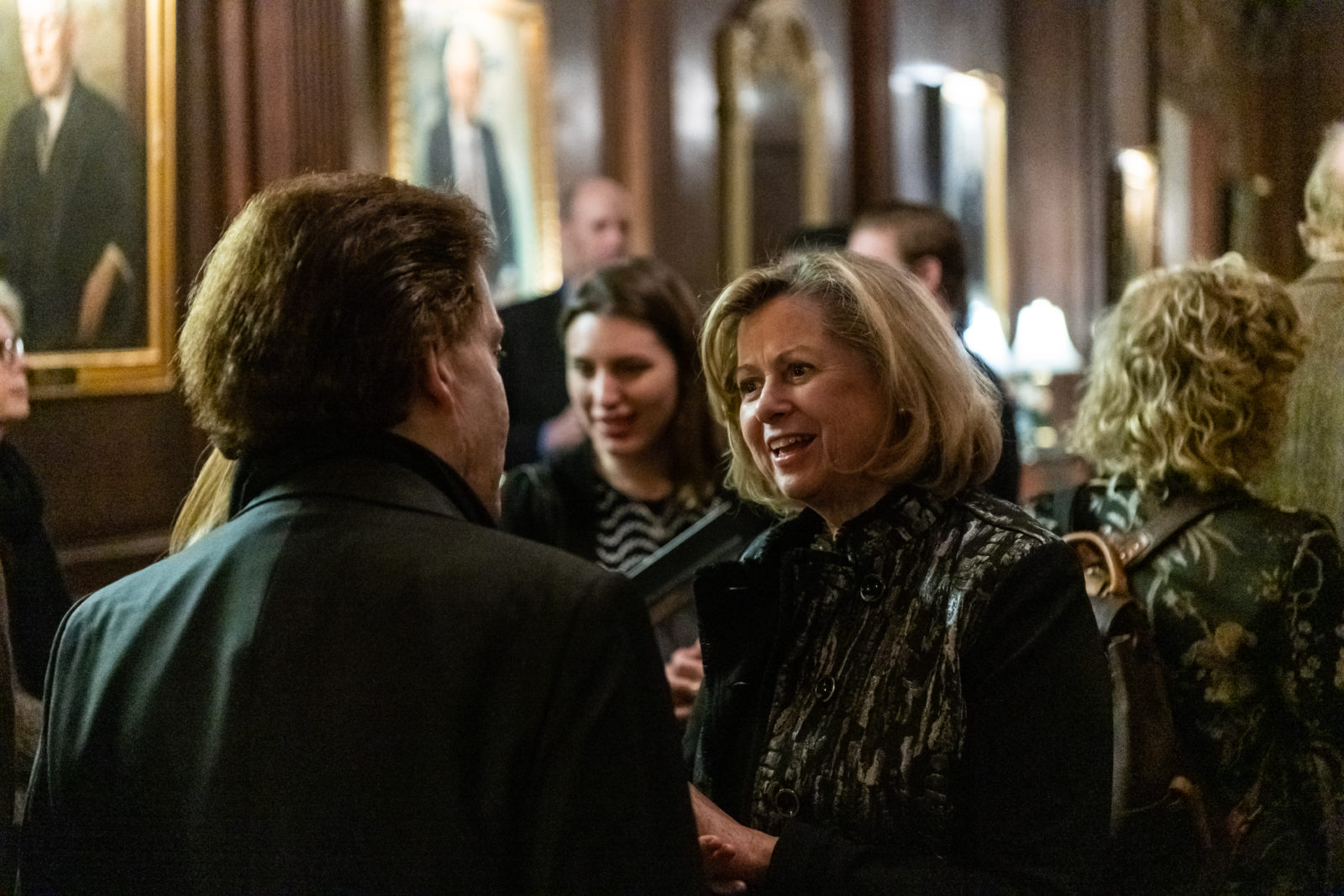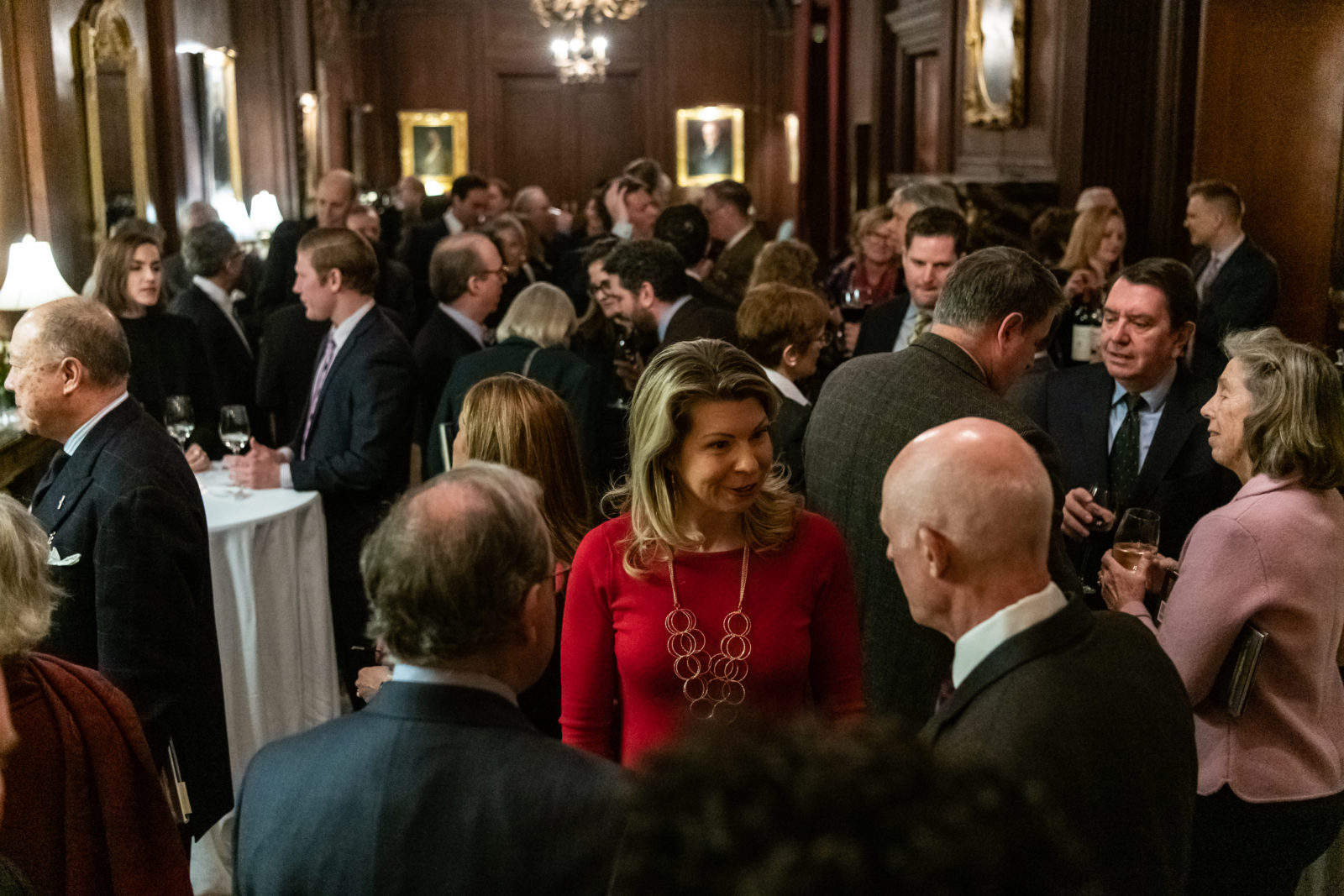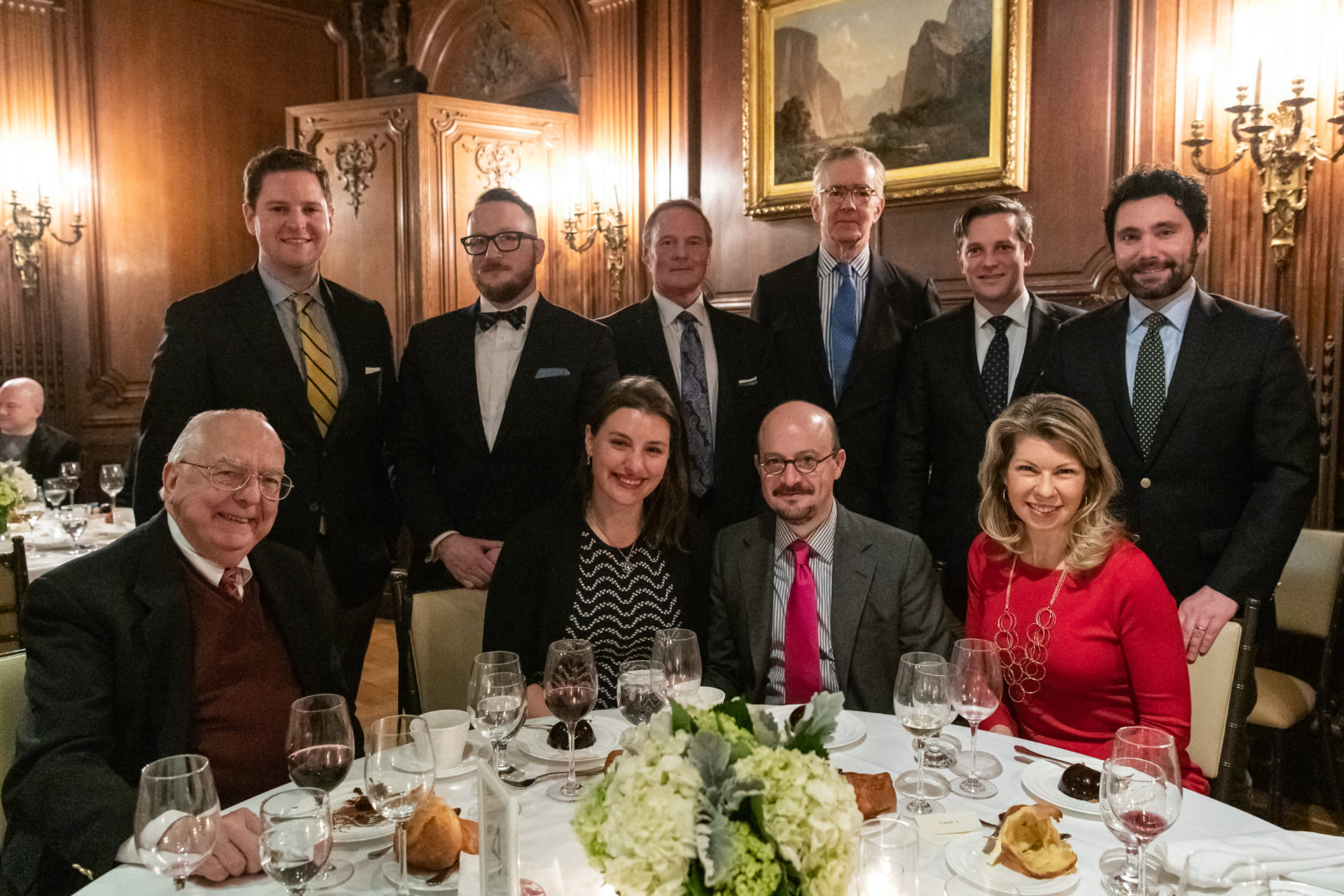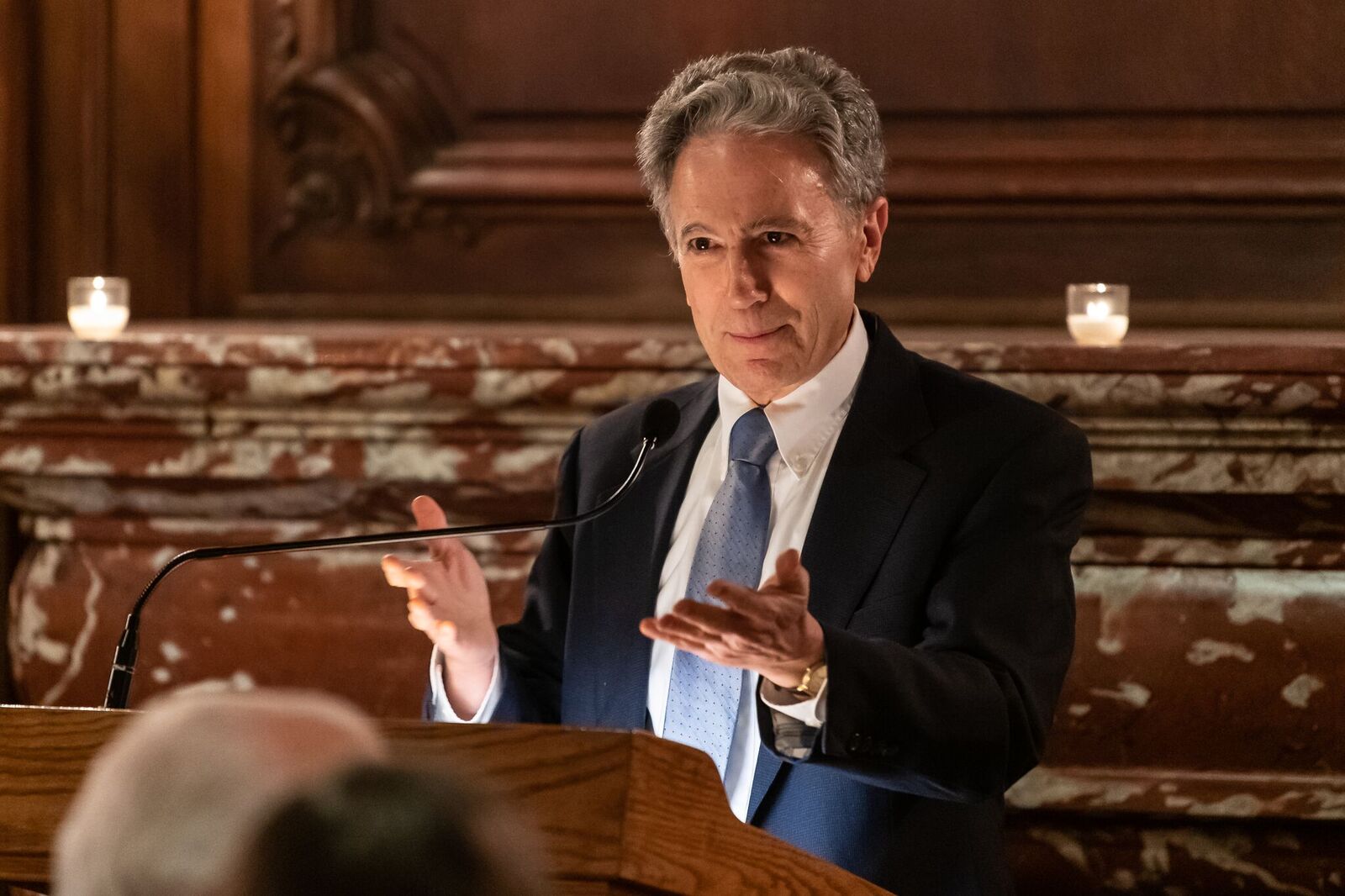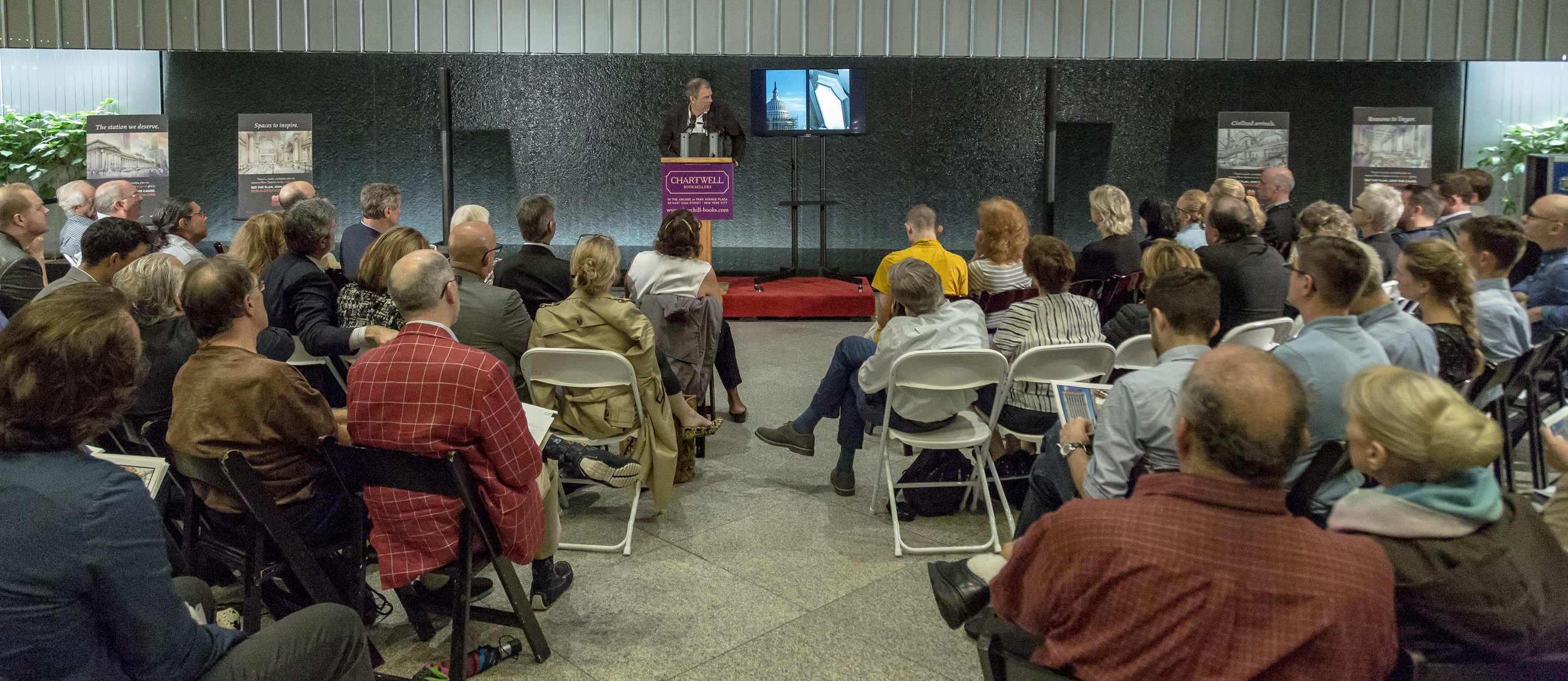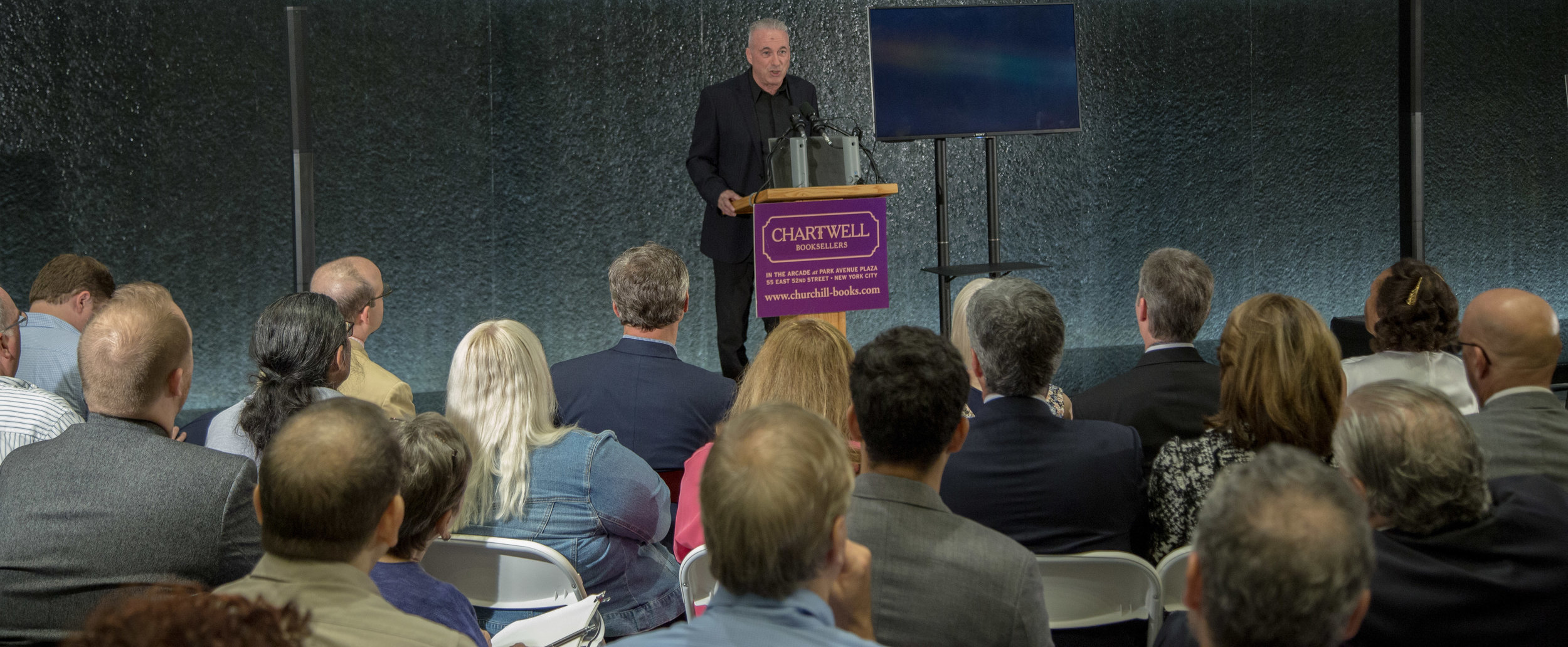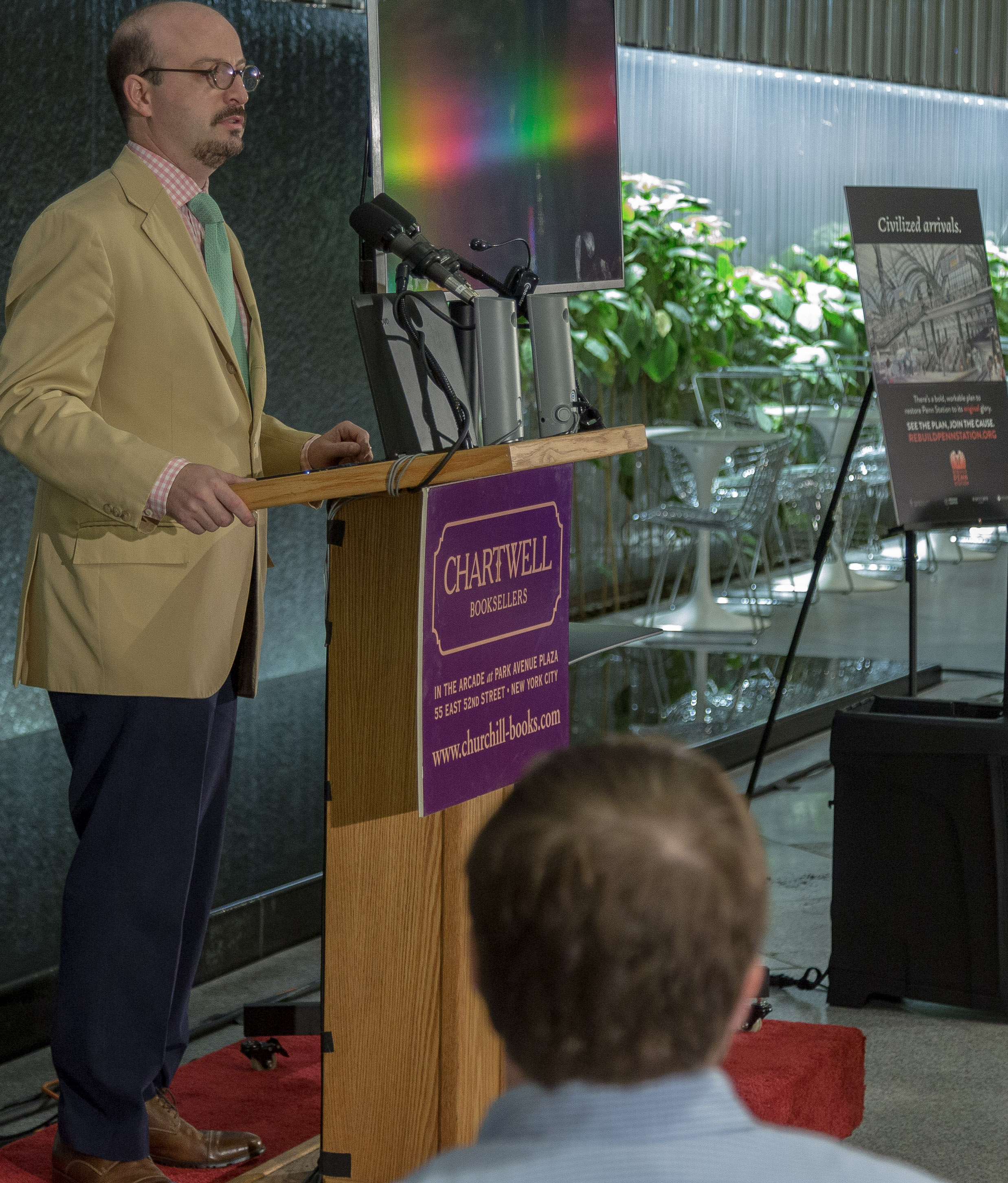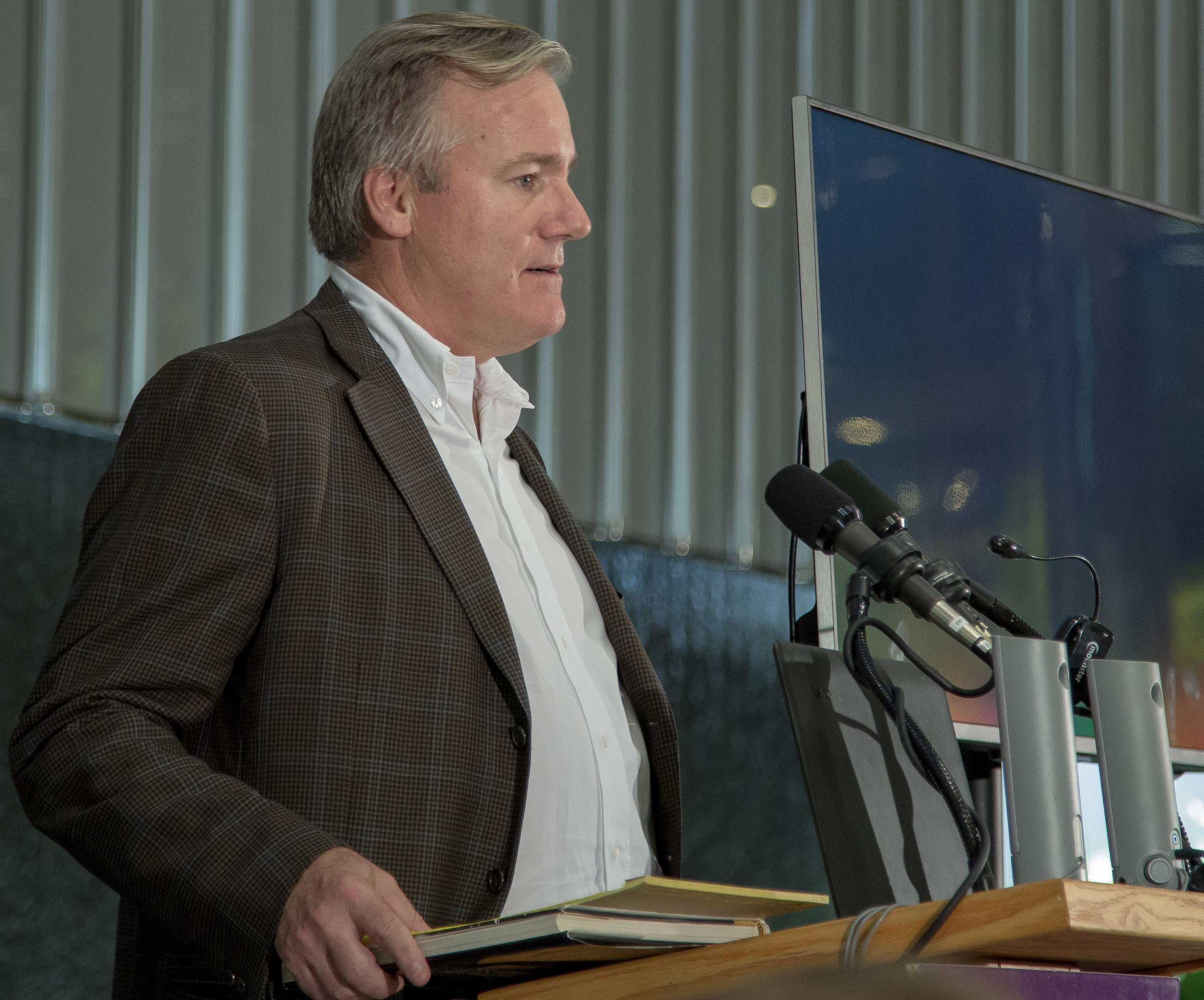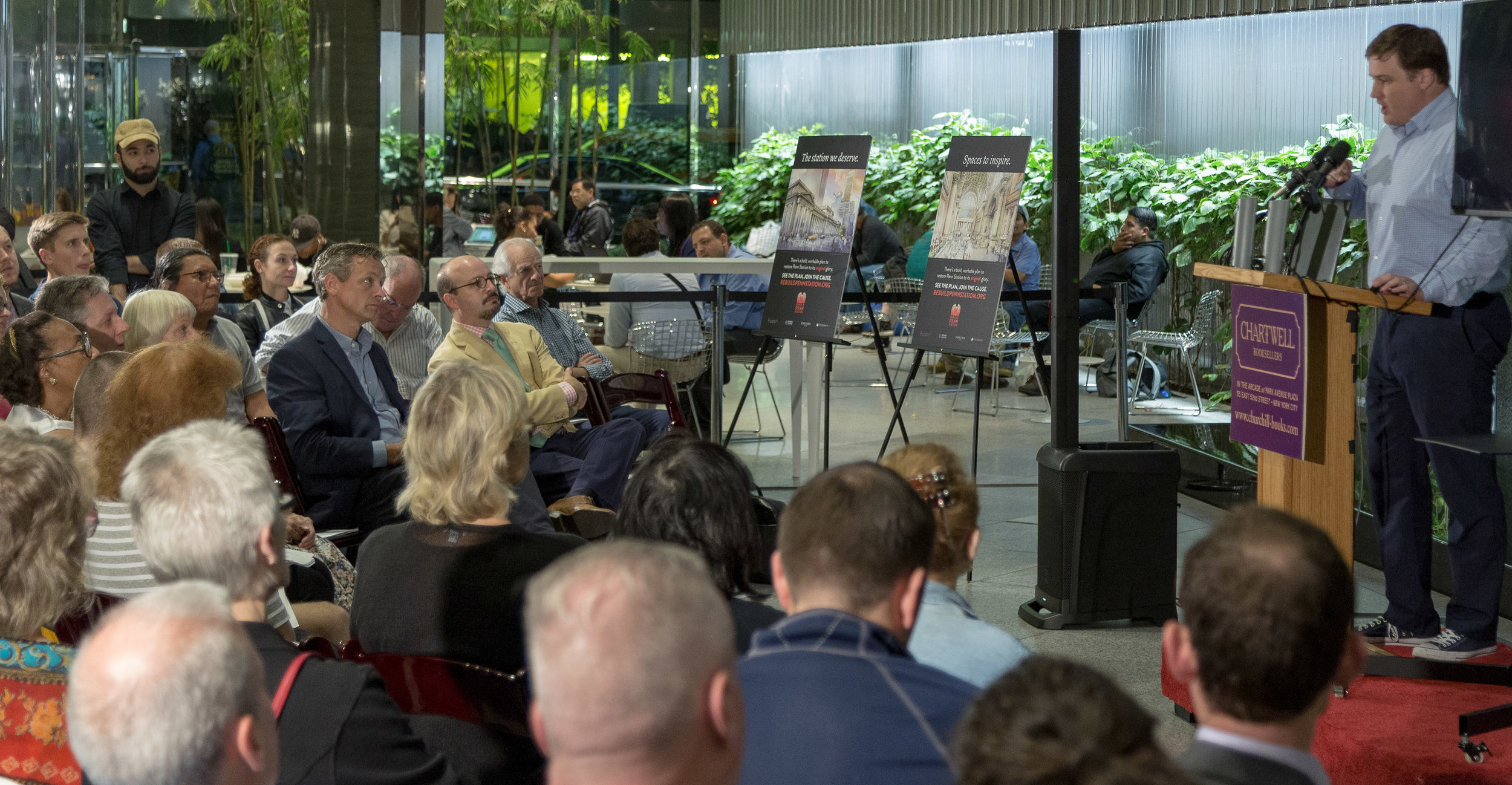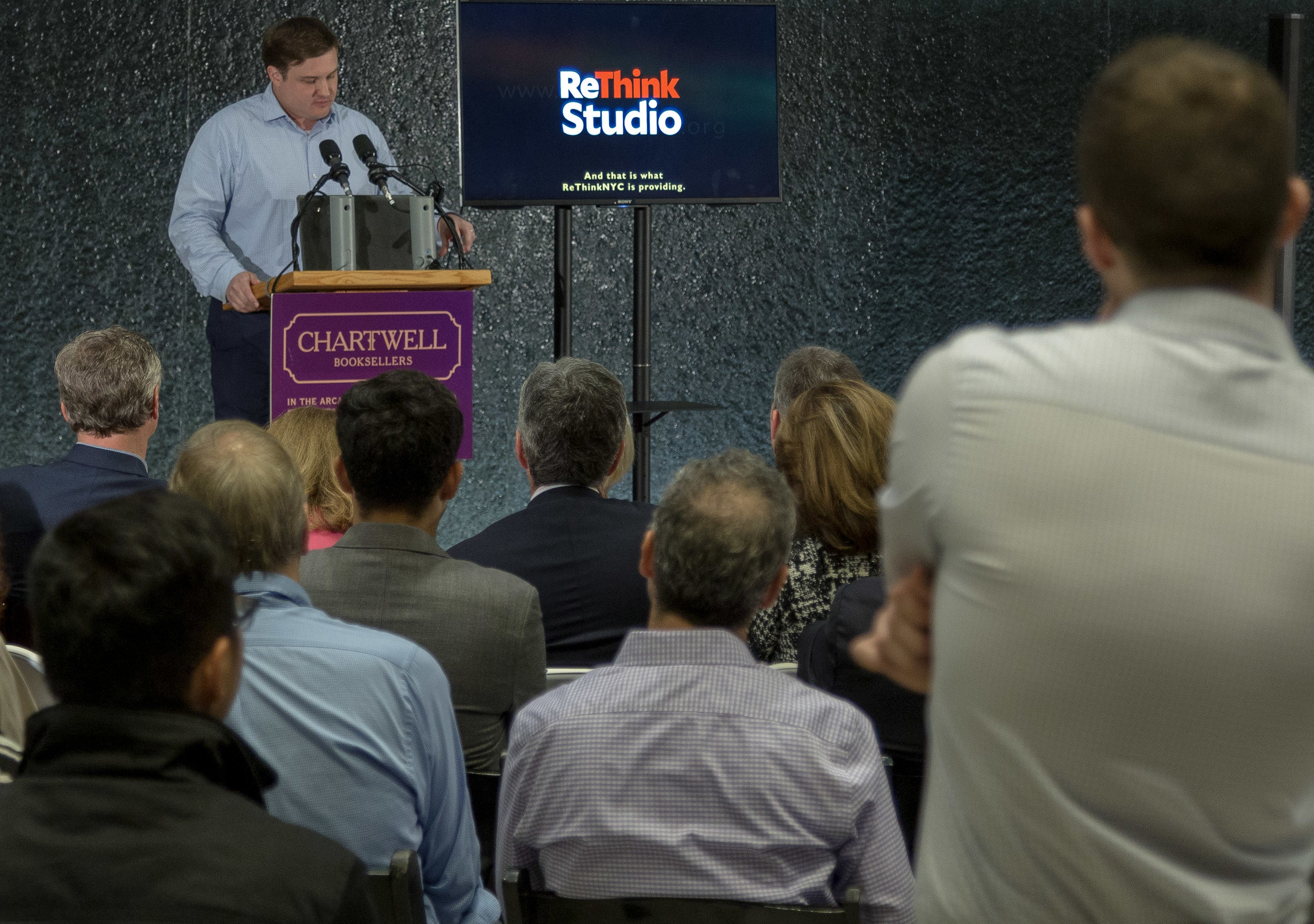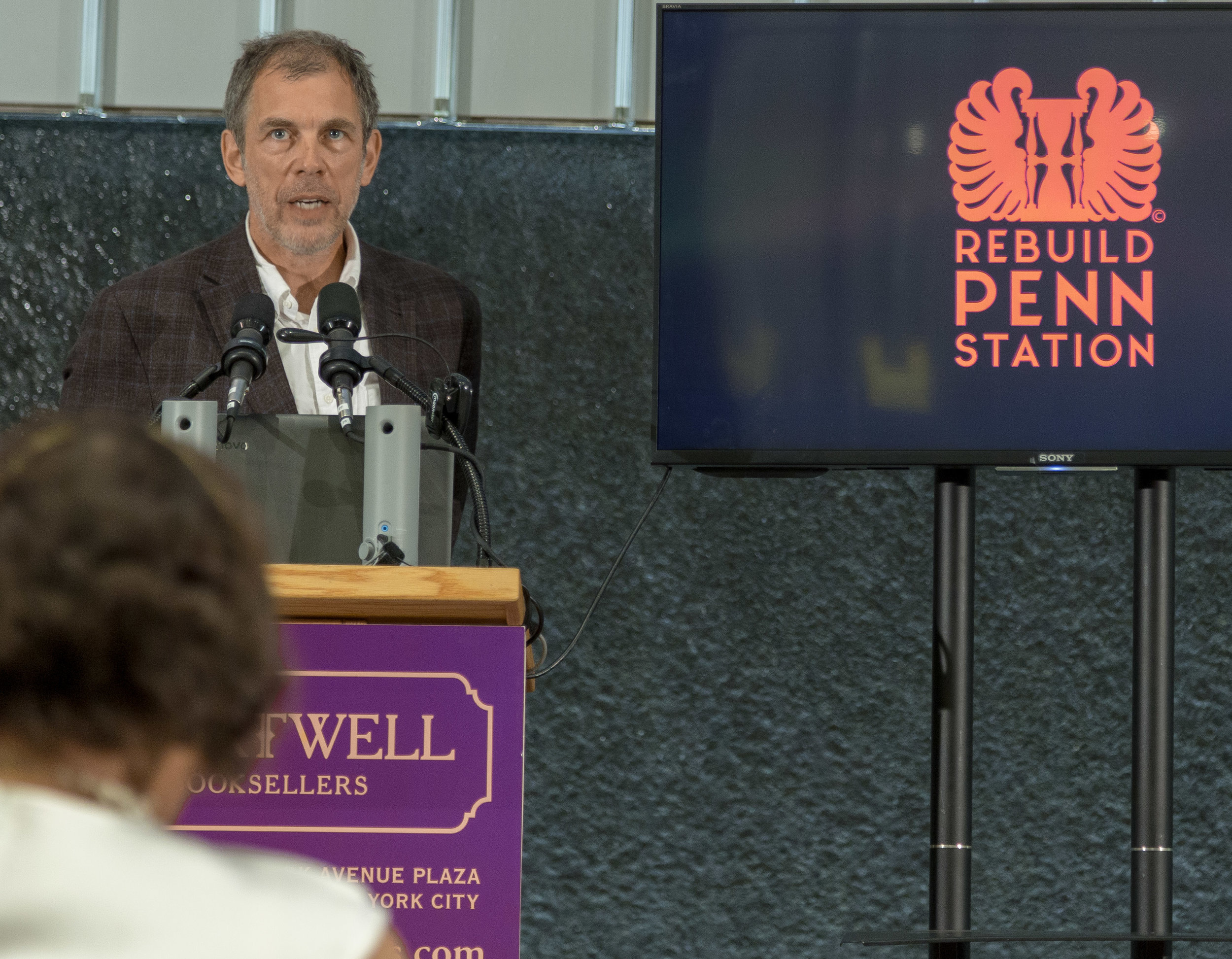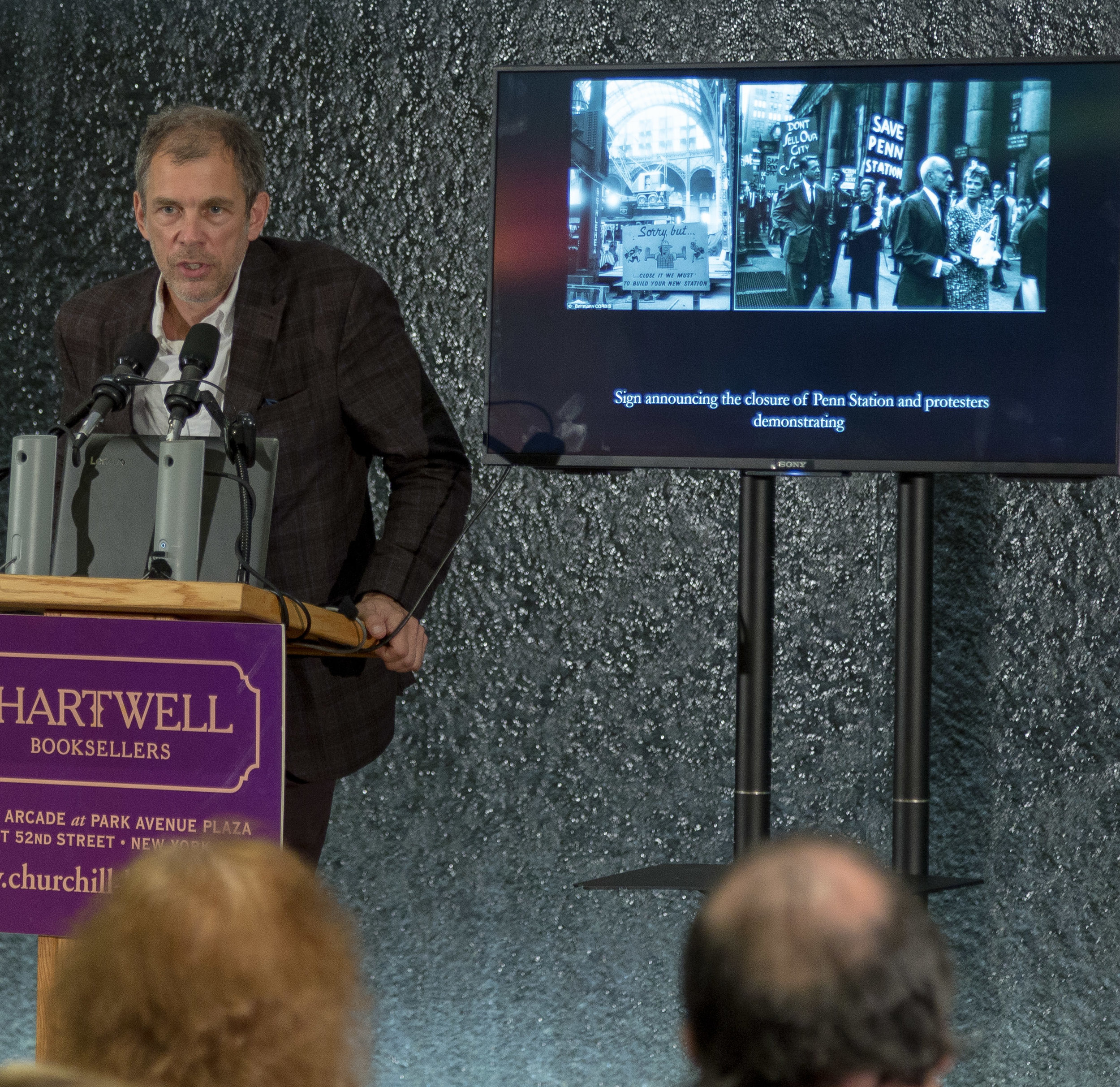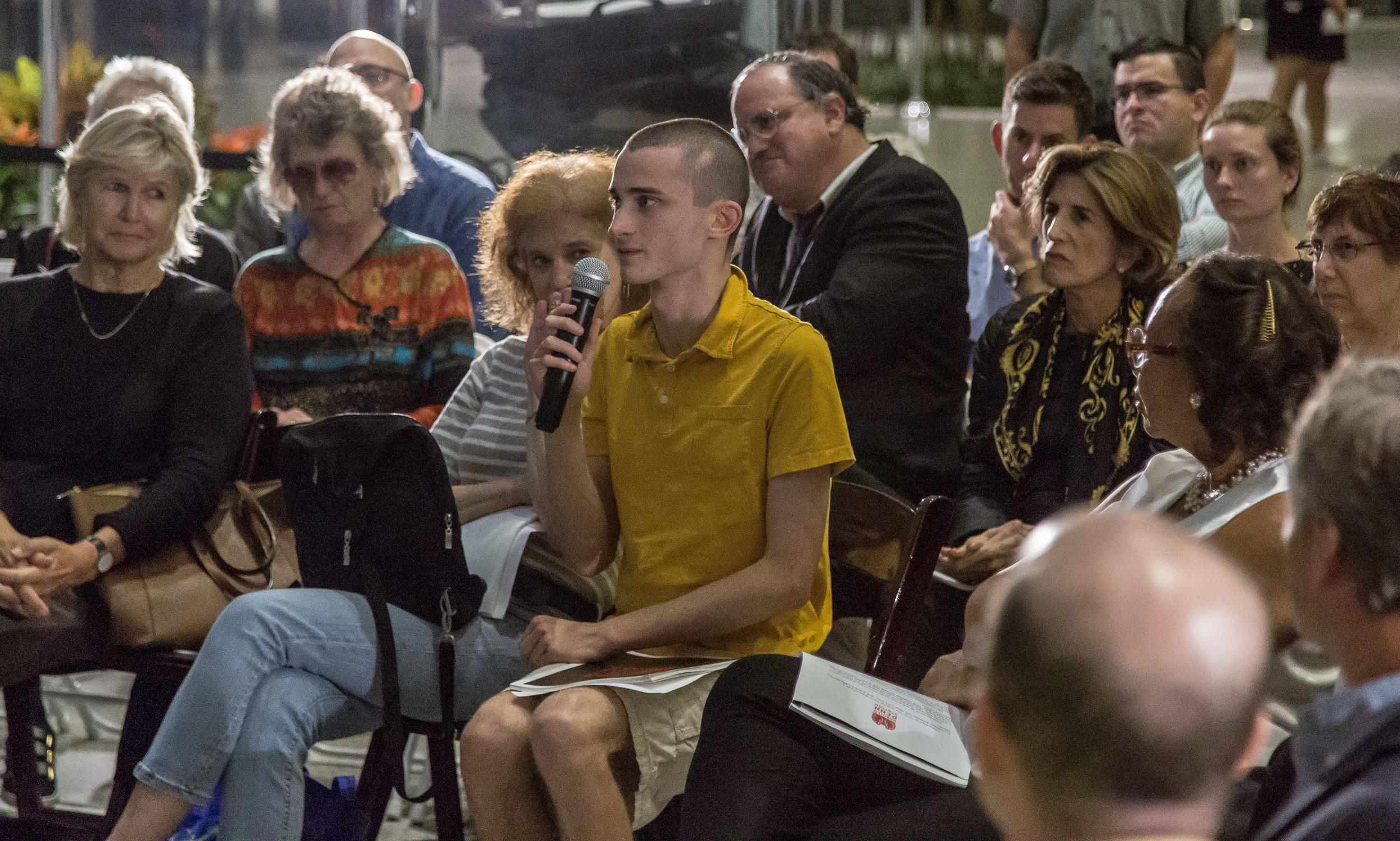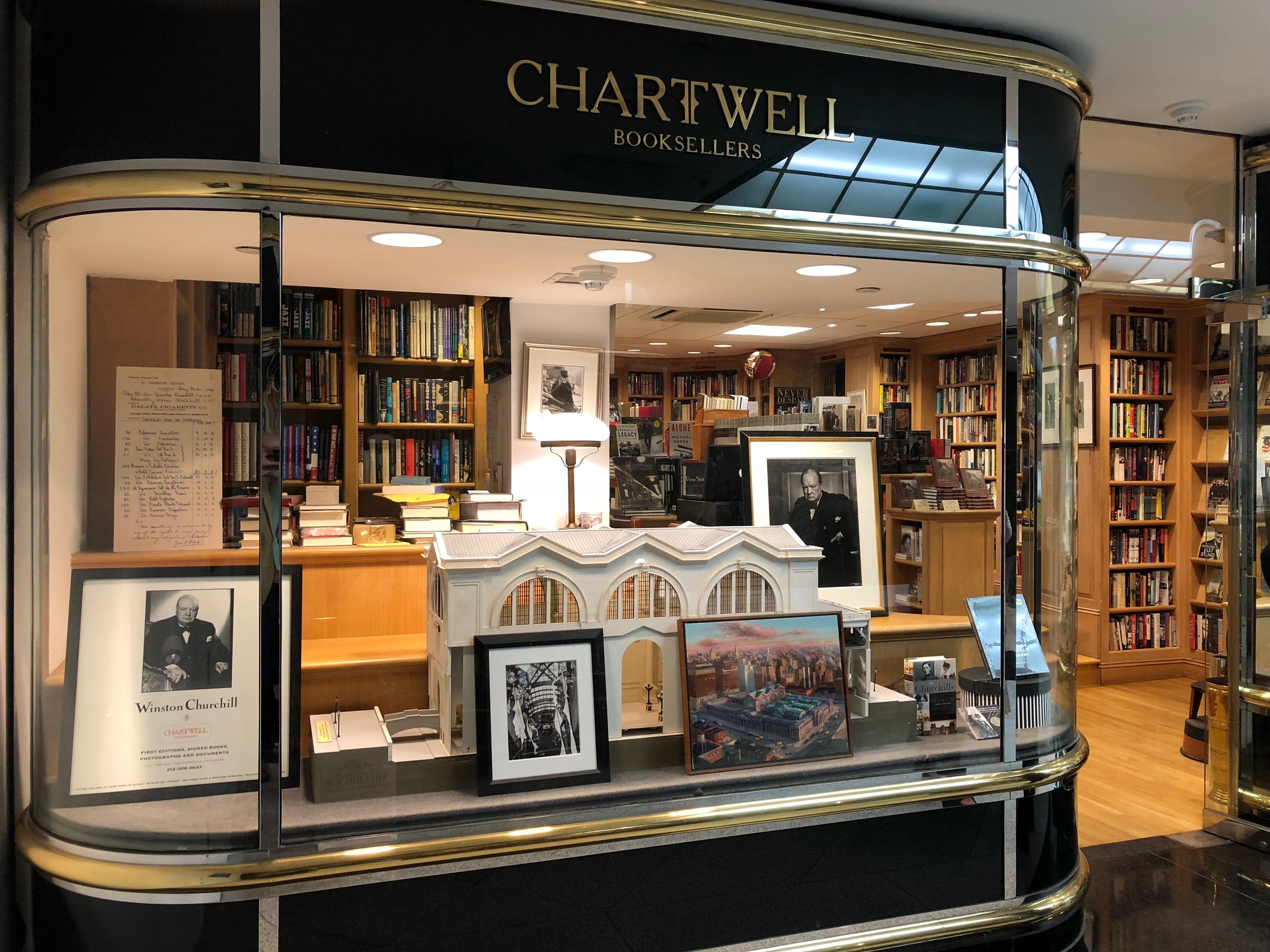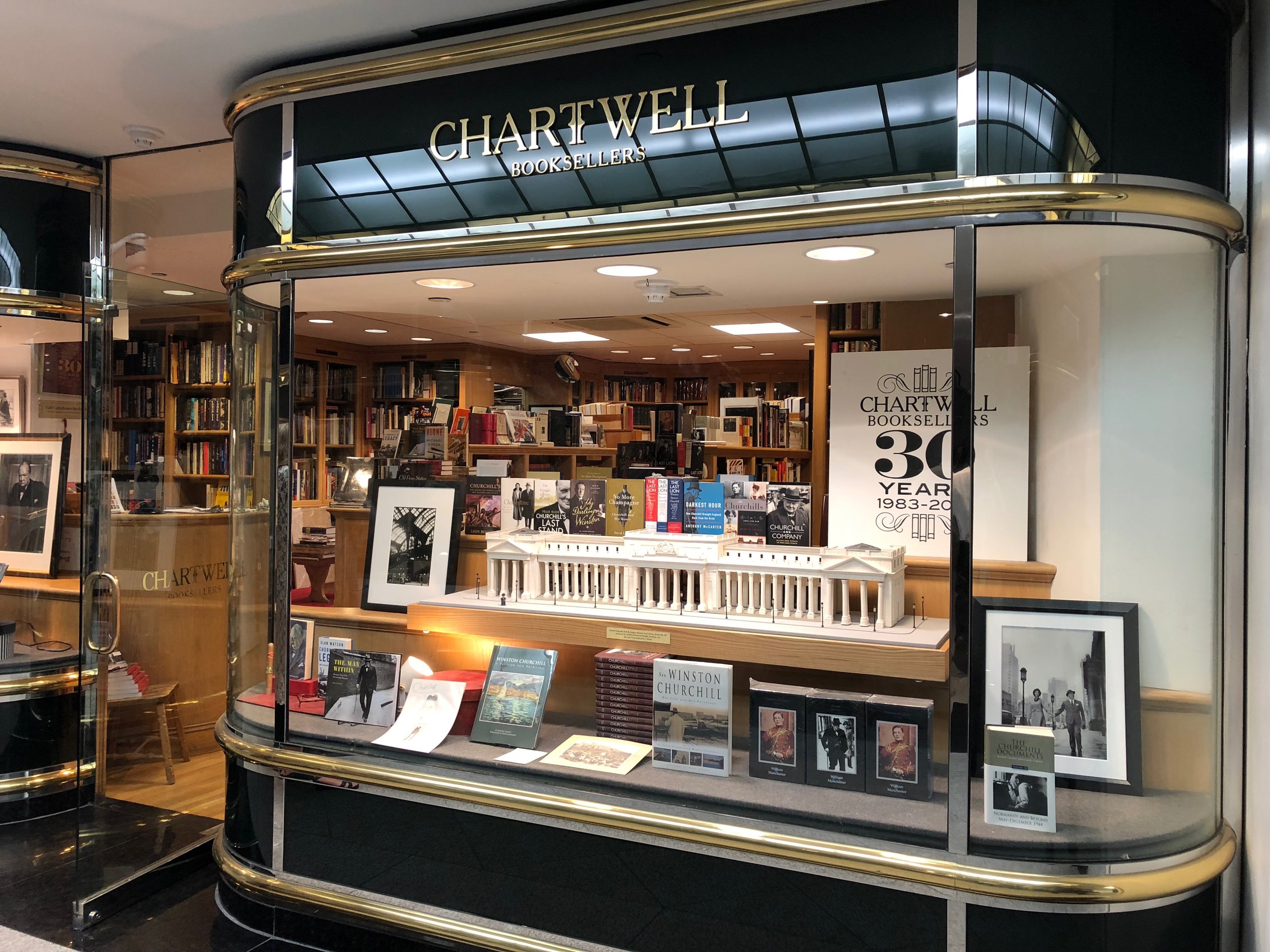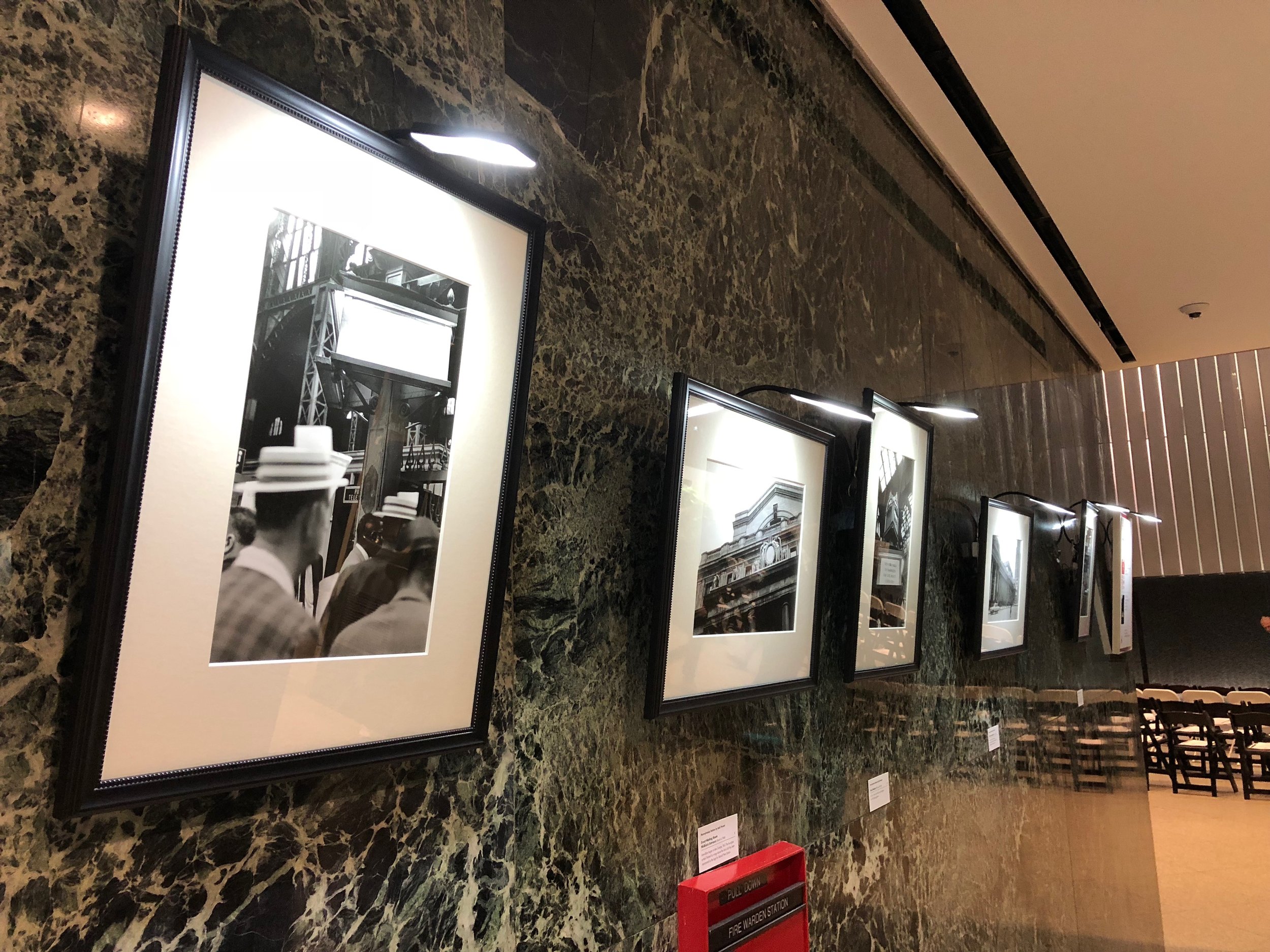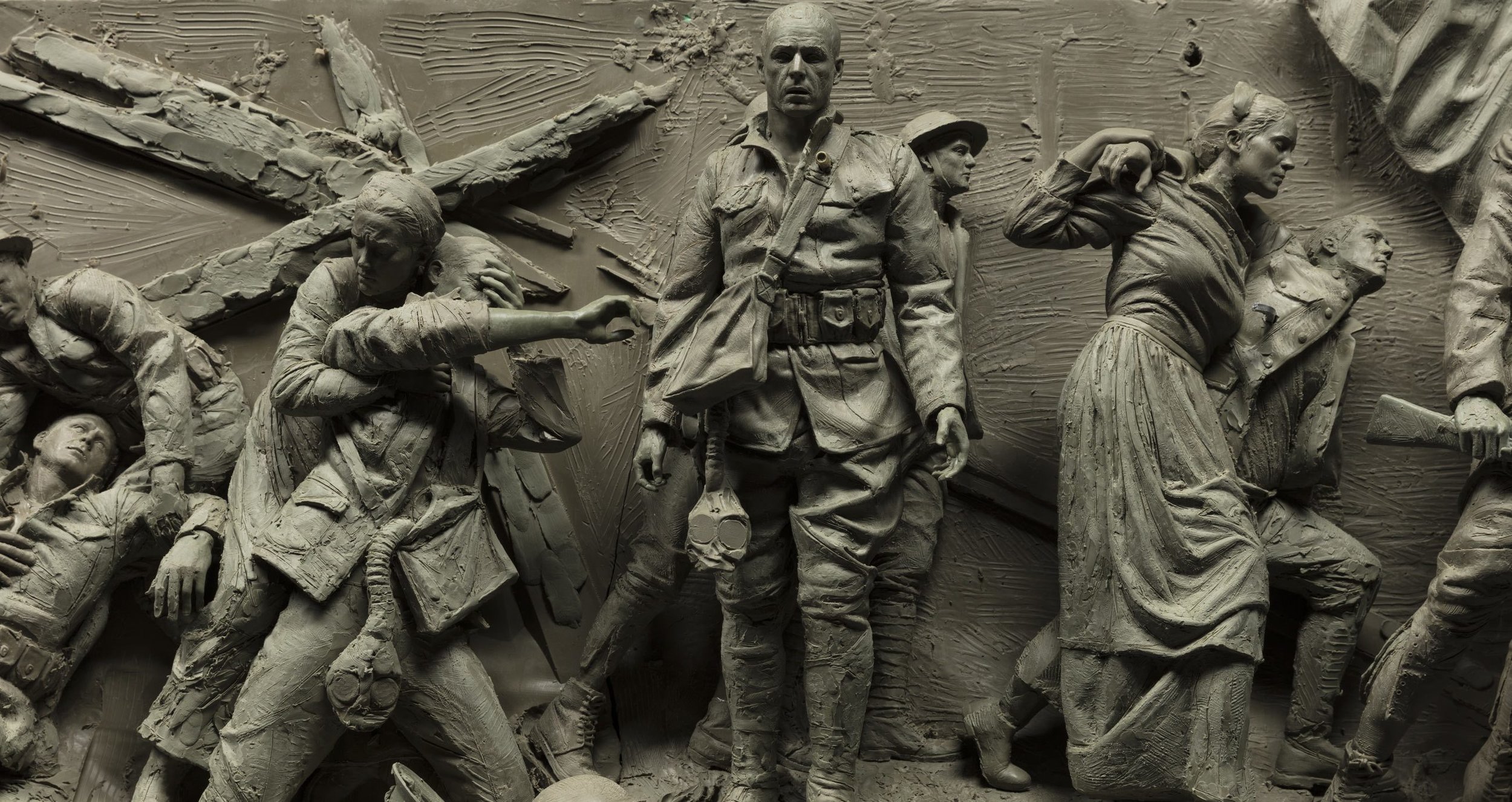The National Civic Art Society today released a new survey finding that nearly three-quarters of Americans (72%) – including majorities across political, racial/ethnic, gender, and socioeconomic lines – prefer traditional architecture for U.S. courthouses and federal office buildings.The poll of over 2,000 U.S. adults was conducted online by The Harris Poll on behalf of NCAS.
These findings come in light of the possibility of a Trump administration Executive Order that would re-orient federal architecture in a traditional direction, including by requiring that new office buildings in Washington, D.C. be classical in design. Among other things, the Order would revise the 1962 “Guiding Principles for Federal Architecture,” which cemented Modernism as the dominant government style. Despite proposed legislation – entitled the “Democracy in Design Act” – in the House of Representatives to overturn this anticipated Executive Order, this poll shows that large bipartisan majorities support the order’s intent.
The survey was conducted in August by the non-partisan polling firm The Harris Poll. The survey comprised seven pairs of images of existing U.S. courthouses and federal office buildings in D.C. and around the country. The seven pairs of images, which were not identified in any way, were carefully selected and edited to ensure fair comparisons. Each pair comprised one building in a traditional style and one building in a modern style. For each pair, the survey question was: “Which of these two buildings would you prefer for a U.S. courthouse or federal office building?”
According to the poll’s results:
An overwhelming majority of Americans – more than 7 in 10 (72%) – prefer traditional architecture for U.S. courthouses and federal office buildings.
Democrats (70%), Republicans (73%), and Independents (73%) all agree on their preference for traditional architecture.
Preference for traditional architecture unites majorities of Baby Boomers (age 65+) and Gen-Z (age 18-34). Traditional styles are the choice of 77% of those aged 65 or older, and 68% of those aged 18-34.
Women are more likely than men to prefer traditional architecture for a U.S. courthouse or federal office building – 77% vs. 67%, respectively.
Majorities of black (62%), Hispanic (65%), and white (75%) Americans prefer traditional architecture.
A preference for traditional architecture bridges regional divides: 73% prefer it in the Northeast, 73% in the South, 74% in the Midwest, and 69% in the West.
The typical markers of “elite” status – higher earning and education levels – do not diminish a preference for traditional architecture. It is the clear choice of Americans making a household income under $50,000 (73%) and those making a household income over $100,000 (70%); those with a high school degree or less (72%); and those with a bachelor’s degree or greater (72%).
Among the most preferred buildings were those with a neoclassical design. Among the least preferred were Brutalist structures. The traditional buildings that Americans prefer most among those shown are: National Archives Building (83%), Gene Snyder U.S. Courthouse and Custom House (81%), and William Jefferson Clinton Federal Building - EPA HQ (81%). The three modern style buildings that were at the bottom of the list of those Americans preferred are: Robert C. Weaver Federal Building - HUD HQ (19%), Hammond Federal Courthouse (19%), and Hubert H. Humphrey Building - HHS HQ (17%).
These insights comport with academic research. Jack L. Nasar, Academy Professor of City & Regional Planning at Ohio State University, recently published a study concluding that Americans prefer neoclassical designs for courthouses.
The findings of the NCAS/The Harris poll are especially significant since under the government’s current program for choosing architects, only 6 of the 78 federal buildings constructed have been classical or traditional – or just 8%.
“At a time when Americans are deeply divided across so many areas, it’s heartening to see that the vast majority of us can at least agree on federal architecture,” says NCAS President Justin Shubow. “The results of this poll should hardly come as a surprise. Americans have long cherished classical and traditional architecture for their federal buildings both for their beauty and because they are widely accepted symbols of our democracy. Such dignified buildings connect us to our heritage, and are associated with continuity, equality, openness, and precedent. They are courthouses that look like courthouses, and public buildings that look public. The design of federal buildings should reflect the aesthetic and symbolic preferences of the people they are built to serve. Nonetheless, for over 60 years architectural elites, Modernist mandarins, and a coterie of critics have foisted their antithetical preferences on federal design.”
Full poll results can be found at https://www.civicart.org/americans-preferred-architecture-for-federal-buildings.
Methodology: This survey was conducted online within the United States by The Harris Poll on behalf of the National Civic Art Society between August 17-19 among 2,039 adults ages 18+. Results were weighted for age within gender, region, race/ethnicity, household income, education, and size of household where necessary to align them with their actual proportions in the population. Propensity score weighting was also used to adjust for respondents’ propensity to be online.










